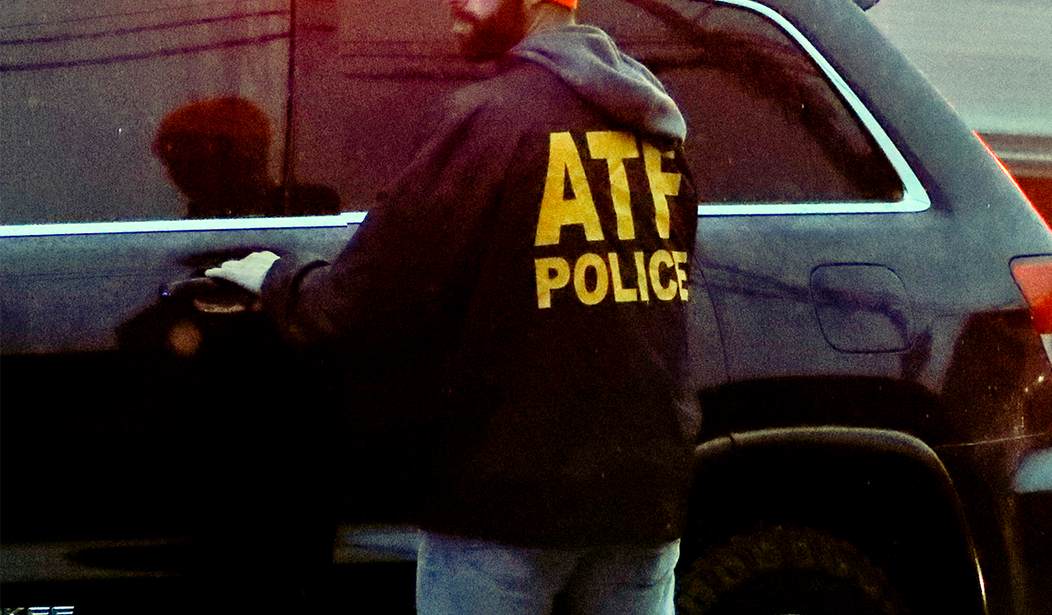I know, I know. Why on earth would the state of California and gun control groups like Giffords sue the ATF over the agency's rule treating many unfinished frames and receivers as if they're completed firearms? After all, isn't that what they want? And aren't Second Amendment organizations suing over the same rule?
Yes and yes. But the ATF's new rule doesn't go far enough for the gun grabbers, since the agency has said that 80 percent frames and receivers by themselves aren't necessarily considered firearms. Instead, they must be sold with the tools necessary to finish the job in order to be considered firearms. California Attorney General Rob Bonta and the other plaintiffs claim the agency should apply that same designation to unfinished frames and receivers that aren't sold as part of "buy, build, shoot" kits, and on Monday a federal judge agreed.
Senior U.S. District Judge Edward Chen agreed with that argument as it pertains to a portion of the final rule, "Example 4," which states that a “billet or blank of an AR-15 variant receiver without critical interior areas having been indexed, machined, or formed that is not sold, distributed, or possessed with instructions, jigs, templates, equipment, or tools such that it may readily be completed” is not a receiver.
Chen wrote that ATF failed to take into account all factors related to the “readily” assessment, such as time and the easy availability of jigs and tools that could turn an incomplete receiver into a receiver, thus creating a firearm. The term "readily" is defined as "a process, action, or physical state that is fairly or reasonably efficient, quick, and easy, but not necessarily the most efficient, speediest, or easiest process, action, or physical state.”
“ATF has simply disregarded the ease by which tools/jigs are available (from whatever source) which would render a receiver blank ‘readily convertible’ to a completed receiver," Chen wrote in his 46-page opinion vacating Example 4.
The judge also found that federal regulators' argument that already existing criminal law could be applied to those that skirt the rules failed to address the issues that render the regulation arbitrary and capricious, and said the plaintiffs proved they were likely harmed by the lack of regulation of ghost guns, refuting ATF's argument that the plaintiffs did not have standing to sue.
“The court further finds that ATF acted arbitrarily and capriciously with respect to its categorical determinations that AR-type partially complete receivers that are not indexed or machined and not sold with, e.g., a jig or tools are not firearms for purposes of the GCA,” Chen wrote.
Second Amendment groups, on the other hand, contend the entire ATF rule is a violation of the Administrative Procedures Act, along with the Gun Control Act and the U.S. Constitution because it treats unfinished frames and receives as if they're completed firearms. In that respect, Chen's ruling actually helps to make the case from organizations like the Firearms Policy Coalition by broadening the scope of the rule even further than the ATF was willing to go.
The Firearms Policy Coalition asked the Supreme Court to grant cert to its challenge to the ATF rule earlier this month, so Judge Chen's ruling is hardly going to be the last word in the litigation around the agency's attempt to go after unfinished frames and receivers. And while California AG Rob Bonta and Giffords are praising Chen's ruling, they'll be singing a different tune if their litigation ends up assisting gun owners in overturning the rule in its entirety, which is a distinct possibility in the not-too-distant future.









Join the conversation as a VIP Member